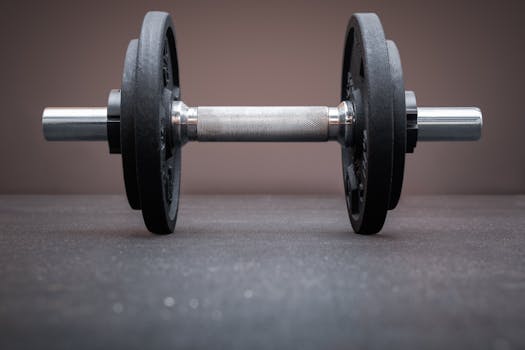
Introduction to HIIT

High-Intensity Interval Training, commonly known as HIIT, is a popular workout method that alternates short bursts of intense exercise with periods of rest or lower-intensity exercise. This training technique is renowned for its efficiency and effectiveness in promoting fat loss.
Benefits of HIIT for Fat Loss

HIIT can significantly enhance fat burning while also saving time. Studies show that HIIT can help you burn more calories in a shorter period compared to traditional steady-state cardio workouts.
Increased Metabolic Rate
One of the major benefits of HIIT is the increased metabolic rate that continues even after the workout has ended. This phenomenon is known as excess post-exercise oxygen consumption (EPOC), which allows your body to burn calories long after you have finished exercising.
Time Efficiency
HIIT workouts can be completed in as little as 20 to 30 minutes, making them ideal for those with a busy lifestyle. You can achieve a significant workout in a fraction of the time compared to traditional cardio.
How to Start HIIT

Starting a HIIT program can be straightforward. Begin with a warm-up followed by alternating between high-intensity exercises and rest periods. For beginners, a 30-second sprint followed by a 1-minute walk can be a great way to start.
Sample HIIT Workout
1. Warm-up: 5 minutes of light jogging
2. Sprint: 30 seconds at full effort
3. Walk: 1 minute of recovery
4. Repeat: 8-10 times
5. Cool down: 5 minutes of stretching
Safety Tips for HIIT

While HIIT is generally safe for most people, it’s essential to listen to your body. If you feel pain or excessive fatigue, it’s vital to stop and rest. Always consult with a healthcare provider before beginning any new exercise program.
Conclusion

In summary, High-Intensity Interval Training (HIIT) is an effective and time-efficient method for fat loss. By incorporating HIIT into your fitness routine, you can achieve your weight loss goals while also improving your overall health and fitness.






